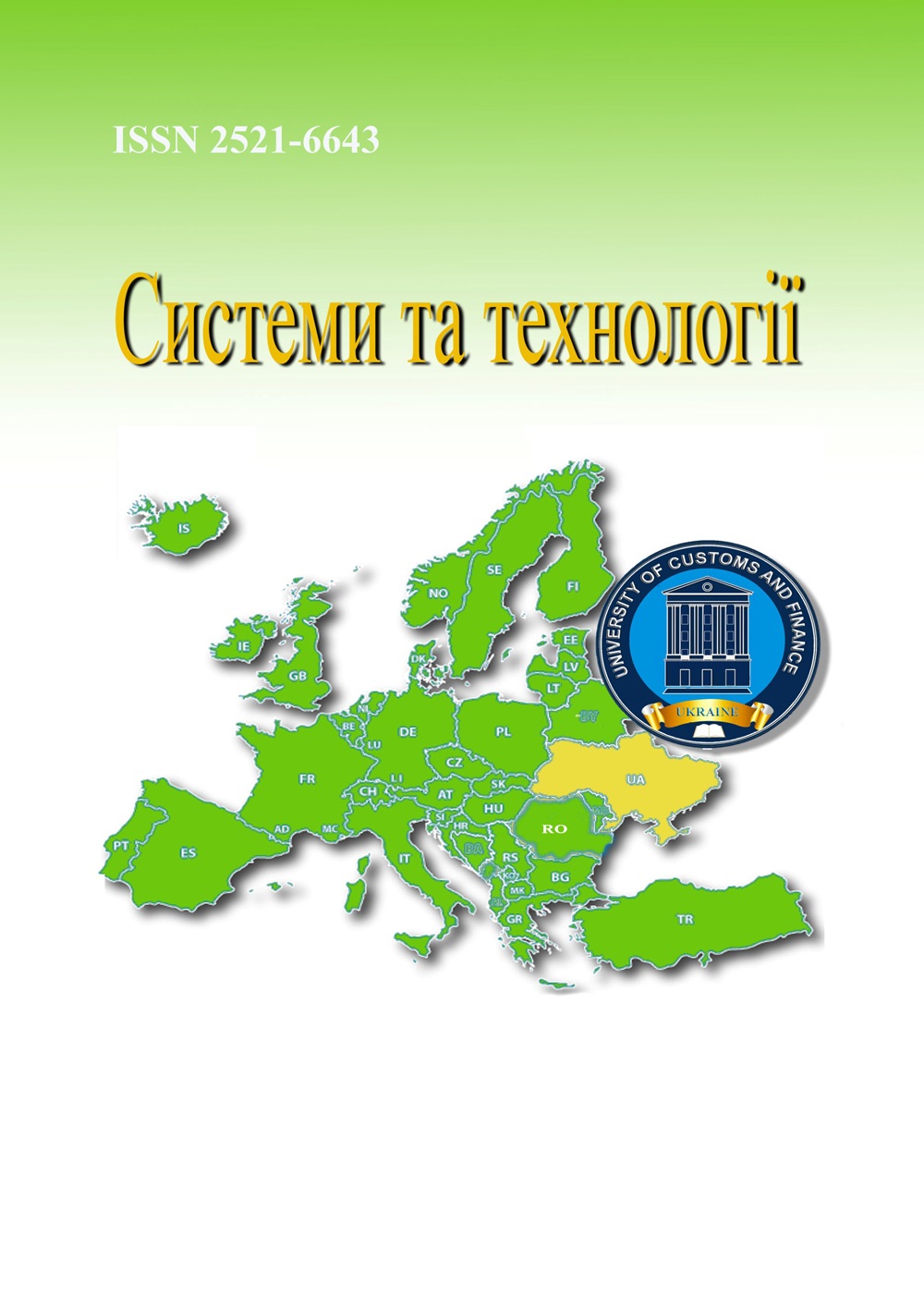THE NOVEL METHODS OF PROCESSING IMPRECISE DATA FOR SOLUTION OF RADAR SURVEILLANCE AND REMOTE SENSING TASKS
Abstract
Nowadays solution of radar surveillance and Remote Sensing tasks require processing, analysis and classification of ambiguous, partial and contradictory information. One of the most important data processing procedures is the satellite image classification. The large volume of inaccurate data can cause a problem with the image classification procedure. It was noted, that Dempster-Shafer evidence theory can be applied for image classification in this case, because this theory can deal with imprecise and uncertain information. The Dempster’s combination rule can be applied for combining data from different experts, spectral bands or surveillance radars. Dempster-Shafer evidence theory can simulate uncertainty. The surveillance radars integrate data from different sources for object coordinate determination. Surveillance radars can differ in their reliability, precision and completeness. Adaptations of various surveillance radars to the same environment are not the same. That’s why, information fusion is one of most important and difficult procedures for radar surveillance tasks. A new data fusion approach based on Dempster-Shafer evidence theory gives a reliable complex assessment for object coordinates. It was noted, that the main aim of aggregation of information is to simplify data, whether the data is coming from different experts, sources, spectral bands or surveillance radars. Data fusion simplifies calculations. The determination of basic probability is an important problem which can influence final classification results, when we apply Dempster-Shafer evidence theory. Various methods to determine basic probabilities were analyzed in this paper. It was considered frequency method to determine the basic probabilities. The numerical example was described in detail too. It also was proposed the method to determine basic probabilities using fuzzy sets, because fuzzy set theory can deal with ambiguous and incomplete data. It was considered the method to determine basic probabilities based on the distance measure between the test data and the normal distribution model of attribute categories. It was noted, that there is no general method to determine basic probabilities. These considered methods can be applied for remote sensing tasks, such as ecological, agriculture, geological problems and for solution of radar surveillance tasks.
References
2. Alpert S. I. Data combination method in Remote Sensing tasks in case of conflicting information sources. Ukrainian Journal of Remote Sensing. 2021. Vol. 8(3). P. 44–48.
3. Bezdek J. C, Ehrlich R., Full W. FCM: The Fuzzy C-Means clustering algorithm. Computers and Geosciences. 1984. Vol.10. P.191–203.
4. Chander G., Markham B. Revised Landsat-5 TM radiometric calibration procedures and postcalibration dynamic ranges Geoscience and Remote Sensing. IEEE Transactions on Geoscience and Remote Sensing. 2003. Vol. 41. P. 264 – 267.
5. Chang C. I. Hyperspectral data processing. Algorithm design and analysis. Hoboken, N J: John Willey and Sons. 2013. 1164 p.
6. Hartigan J. A., Wong M. A. A K-means clustering algorithm. Applied Statistics. 1979. Vol. 28(1). P. 100–108.
7. Lu D., Weng Q. A survey of image classification methods and techniques for improving classification performance. International Journal of Remote Sensing. 2007. Vol. 28(5). P. 823–870.
8. Myung I. J. Tutorial on maximum likelihood Estimation. Journal of Mathematical Psychology. 2003. Vol. 47 (1). P. 90–100. doi:10.1016/S0022-2496(02)00028-7.
9. Olson C. Parallel algorithms for hierarchical clustering. Parallel Computing. 1995. Vol. 21(8). P. 1313–1325.
10. Shafer G. A Mathematical Theory of Evidence. Princeton, NJ: Princeton University Press. 1976. P. 875–883.
11. Taroun A., Yang J. B. Dempster-Shafer theory of evidence: Potential usage for decision making and risk analysis in construction project management. The Built & Hum. Environ. Rev. 2011. Vol. 4(1). P. 155–166.

 ISSN
ISSN 




